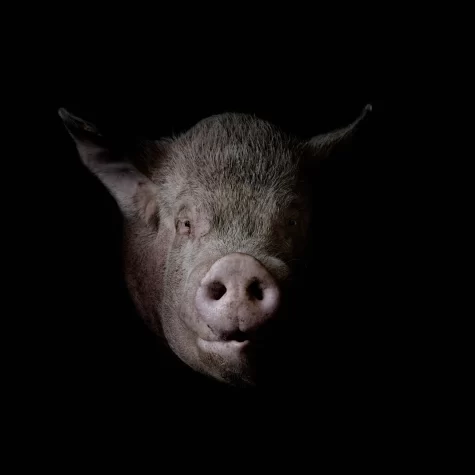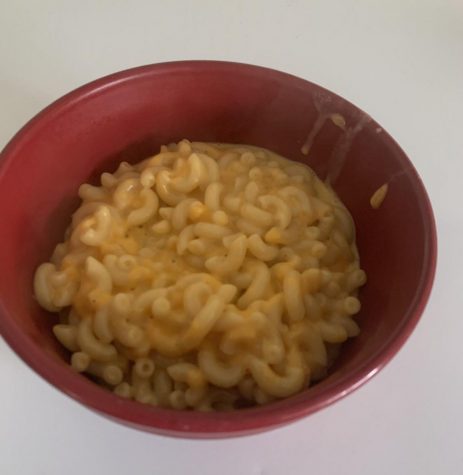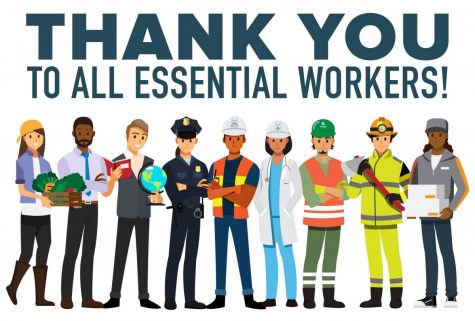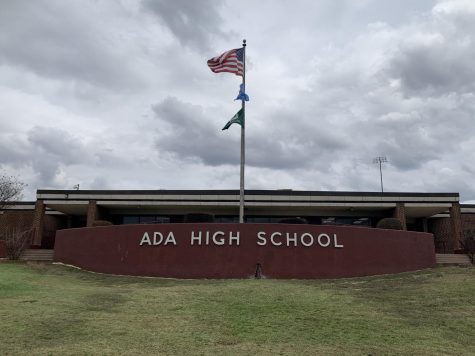The History of Horror Movies
Horror movies have been around for about 124 years, we all know them. Horror as a genre comes with many movies and themes, all which seem self explanatory and at this day and age pretty bland. With this thought in mind haven’t you ever wondered where scary movies came from? What was the First Scary movie? How has the genre we know today evolved from its roots? This article should answer those questions.
Way back when the first recorded evidence of a scary movie goes all the way back to a man named Georges Méliès. But first we have to give some back story to when “film” was first introduced. The first concept of a motion picture was introduced through an invention made by Thomas Edison called the kinetoscope in 1891. It wasn’t until 1895 that the Lumière brothers began to release the first cinematographed motion pictures for audience viewing. Then in 1898 is when we get the first horror movie “The House of the Devil” by Georges Méliès. This movie had cauldrons, animated skeletons, ghosts, transforming bats, and the incarnation of the devil. The movie wasn’t meant to be scary to its audience, but it was the first unsettling and supernatural film. It was a short French silent film that only ran for three minutes. This movie also shows the first time a human had been shown turning into a bat, it being speculated to be the first vampire film in history. The video of the movie is located above.
After this movies didn’t start seeing horror again until sometime between 1900 and 1920. The first adaptation of Frankenstein was made in 1910 and it was a American short silent horror film produced by Edison Studios. It was directed by J. Searle Dawley.

Three years later we get The Werewolf, a 1913 silent film that is considered the first werewolf film ever. The film was directed by Henry MacRae. The movie is also a lost movie due to a fire at Universal Studios in 1924, meaning there is no footage of the movie what so ever. The plot of the movie consisted of a Navajo woman who becomes a witch after erroneously believing that her husband has abandoned her. She teaches the same skills to her daughter Watuma, who transforms into a wolf to carry out vengeance against the invading white settlers. Then, 100 years after Watuma’s death, she returns from the dead to kill again.
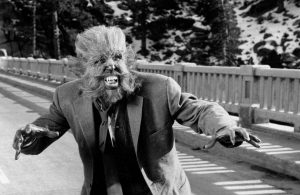
Another popular movie of the 1900s was Dr. Jekyll and Mr. Hyde, a 1931 American pre-Code horror film directed by Rouben Mamoulian. The movie is about a possessed doctor who tests his new formula which can unleash people’s inner demons. All of these movies were based on literature classics at the time, which is what made these movies such a big deal. These movies also followed the theme of the supernatural as we had seen with The House of the Devil.
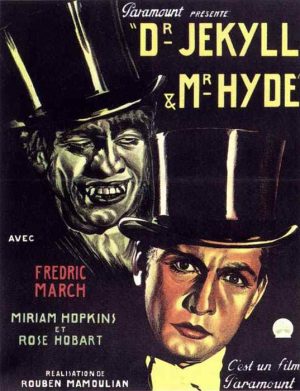
We then moved into the 1920s and 30s which is where plenty of movies for the horror genre were starting to just get popular. The popular movies of the time were silent as well as movies with sound. This era of scary movies ending the silent film category. Movies like the The Cabinet of Dr. Caligari (1920)

and Nosferatu (1922) were the first movies to make the true attempt to truly unsettle their audience.
These popular movies both officially ended silent films, meaning now we move into sound films with movies like The Mummy (1932), The second adaptation of Frankenstein (1931), These movies pioneered the first time “Horror” was used to describe the film genre. The result of people being unnerved the genre was started to worry the general public. Heavy censoring and public outcry’s became common with each movie release. Freaks (1932) is a good example, the movie was so shocking at the time it was cut extensively and the original version of the movie is nowhere to be found.
40s and 50s horror started to reflect what was going on at the time. With the war going on and fear of nuclear fallout. The supernatural antagonists in these movies started becoming more radioactive to fit the theme of the time. A few examples being The Incredible Shrinking Man (1957) and Godzilla (1954). The fear of invasion also started to reflect horror themes with movies like The War of the Worlds (1953) and When Worlds Collide (1951).
During the 50s and 60s was a time where horror wanted to increase its fan base and try to innovate itself in anyway it could. 3D glasses, Electric buzzers built into movie seats, Paid actors in theaters screaming and pretending to faint. Everything was tried in order to increase the genres fan base.
Then from the 60s on we started to venture on the gory side of horror. The Kickstarter subgenre of the slasher films were zombie movies like George A. Romero’s Night of the Living Dead (1968). The 70s rolled around and we started seeing possession and supernatural horror be a common theme with The Exorcist (1973) and The Omen (1976). Literature was a big source material once again ever since the 1920s. Movies Carrie (1976) and The Shining (1980) were eventually established, firmly establishing the ground level for horror, the hallmarks being the foundation of the genre horror.
The 80s truly marked the true flourish of the slasher genre. Movies that portrayed a relentless antagonist murdering teenagers was the raving format of the time, movies like The Texas Chain Saw Massacre (1974), Halloween (1978), A Nightmare on Elm Street (1984) , and Friday the 13th (1980) really were the icing on the cake for the slasher films out of the many generic films made throughout the decade.

The genre then started to become dull, running itself into the ground with generic themes and overrated sequels moving into the 90s. CGI monsters were in style with movies that did almost nothing for the horror genre legacy like Anaconda (1997) and Deep Rising (1998). When thinking what could possibly help revive this genre the first thing you wouldn’t think of is comedy. But ultimately it was comedy that reignited horror with Peter Jackson’s Braindead (1992), and Wes Craven’s slasher parody Scream (1996).
This newly reignited flame didn’t last very long transitioning into the 2000s. The zombie movies began to over take once again with Resident Evil (2002) , 28 Days Later (2002), Dawn of the Dead (2004) , Land of the Dead (2005), I Am Legend (2007), and Zombieland (2009) just to name a few. Modern day horror is still to this day a mixed bag with tons of reboots, remakes and seemingly endless sequels. The genre also seemed to be run out of ideas with the modern age, with movies themes being repeated and films not really feeling fresh or at most even watchable to the broad audience. A few movies to give the modern age some credit are movies like Cabin in the Woods (2012), The Babadook (2014), and A Girl Walks Home Alone at Night (2014). Which showed some needed originality for the film genre.
With the dried genre starting to fade Jordan Peele rose as the new king of horror with original films like Get Out (2017), Us (2019), and Nope (2022). The horror genre is still an unpredictable field and no one really knows where it is going to take off to in the future. But horror fans everywhere hope that the genre sheds a new light and revives horror once again for many to enjoy.


Dalton Oberle is a senior at Ada High School. This is Oberle's first year as a staff writer for the Ada Cougar Call. He enjoys doing things that involve...

